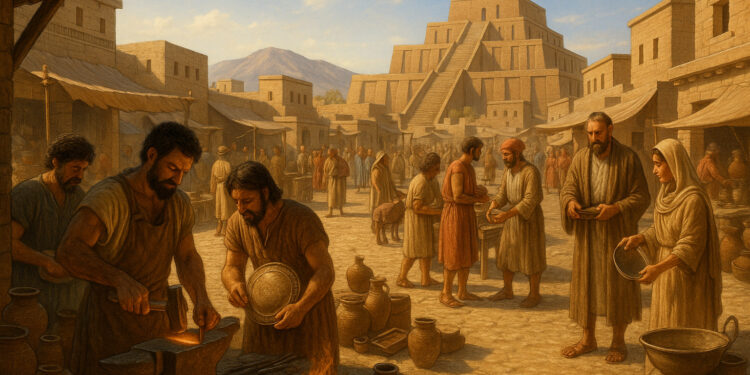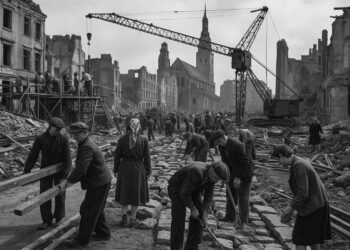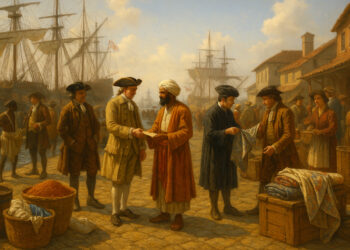The Bronze Age marks one of humanity’s greatest turning points — a time when early societies transitioned from simple village life to complex civilizations. Named for the widespread use of bronze, this era saw incredible innovations in technology, architecture, trade, and governance. It was during this age that people began to write, build cities, wage organized wars, and create art that still fascinates us today. The Bronze Age was truly the dawn of civilization as we know it.
The Birth of Metallurgy and Innovation
Before the Bronze Age, most tools and weapons were made of stone or copper. Around 3300 BCE, humans discovered that combining copper with tin produced bronze — a stronger, more durable metal. This innovation revolutionized agriculture, warfare, and craftsmanship. Farmers could now plow deeper soils, warriors wielded sharper weapons, and artisans created intricate ornaments and sculptures. This mastery of metallurgy set the stage for rapid social and economic development across regions.
The Rise of City-States and Kingdoms
The Bronze Age gave birth to the first great civilizations in Mesopotamia, Egypt, the Indus Valley, and China. Urban centers like Uruk, Thebes, and Mohenjo-Daro became hubs of trade, culture, and administration. Centralized governments emerged, supported by written laws and organized armies. Temples, palaces, and granaries symbolized power and wealth. This era introduced the concept of social hierarchy — rulers, priests, artisans, and farmers — creating structured societies that could sustain growth over generations.
The Dawn of Writing and Record-Keeping
Perhaps the most significant intellectual leap of the Bronze Age was the invention of writing. In Mesopotamia, cuneiform tablets were used to record trade transactions and royal decrees, while Egyptian hieroglyphs chronicled history and religion. Writing transformed how knowledge was preserved and shared, allowing societies to plan, govern, and communicate in ways previously unimaginable. It was the birth of recorded history — humanity’s first written memory.
Trade, Culture, and Global Connections
The Bronze Age was also the beginning of long-distance trade networks. Precious materials like tin, copper, gold, and lapis lazuli were exchanged between regions thousands of miles apart. The Mediterranean became a center for cultural interaction, where ideas, languages, and technologies spread rapidly. Ships carried goods, but also stories, myths, and art — connecting early civilizations into a shared human story that transcended borders.
Collapse and Legacy
By 1200 BCE, many Bronze Age civilizations mysteriously declined — possibly due to invasions, natural disasters, or internal conflicts. Yet their legacy endured. The achievements of this era — metalworking, writing, urban planning, and governance — laid the foundation for the Iron Age and every civilization that followed. The Bronze Age was more than an era of tools and trade; it was the spark that ignited human progress.
Conclusion
The Bronze Age stands as a symbol of innovation, ambition, and cultural awakening. It turned scattered human communities into thriving civilizations and transformed survival into sophistication. From bronze tools to towering temples, this period redefined what it meant to be human — proving that creativity, collaboration, and curiosity are the true building blocks of civilization.












